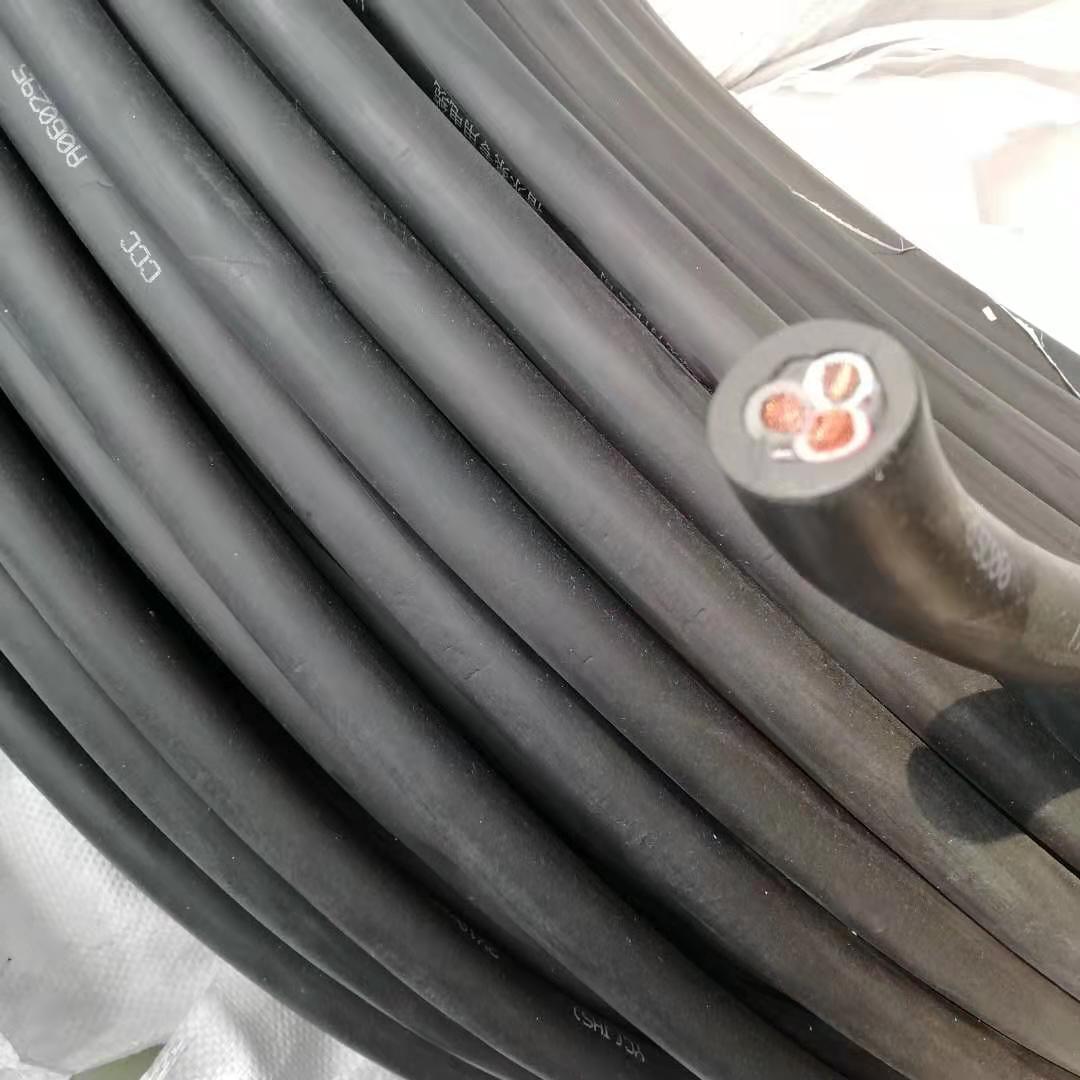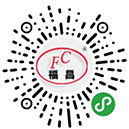

Factors affecting cable stretch
The cable is subjected to four external forces in the process of tension, positive pressure, friction and reaction force.
Tensile force is one of the basic factors in the process of drawing. The factors that affect the tensile force are as follows:
1. Copper aluminum rod (wire) material.
Under the same conditions, the traction of copper wire is greater than that of aluminum wire, so aluminum wire should have a larger safety factor.
2. Tensile strength of materials.
Tensile strength is affected by chemical composition, calendering process and other factors.
3. Degree of deformation.
The larger the deformation degree is, the longer the deformation length in the die hole is.
4. Friction coefficient between thread hole and die hole.
The greater the cable friction coefficient, the greater the tension. The friction coefficient is determined by the composition and quantity of steel wire, core material, finish, lubricant. The surface of the copper bar was not cleaned by pickling. The residual cuprous oxide increased the tensile force.
5. Size and shape of die hole, working area and sizing area.
When the taper Angle of the working area of the wire die increases, the friction decreases, the deformation resistance of the metal increases, and the tensile force increases. The longer the diameter, the greater the tensile force. Considering the service life of the die hole, the diameter area should not be too small.
6. Position of line die.
Improper placement of die or die base will increase the tensile force, resulting in poor surface quality.
7. External factors.
When the cable line (rod) is not straight, the line will be knotted and the tension will be increased, resulting in the line fracture.
8. Factors that increase reaction force.
If the cable thread tension is too high, the upper part of the tension away from the hinge will increase, which will increase the lower part of the counter tension. As the tension increases, so does the tension.

Enterprise qr code

Website qr code